 Abraham Lincoln
If given the truth, the people can be depended upon to meet any national crisis...
Abraham Lincoln
If given the truth, the people can be depended upon to meet any national crisis...
 Guildford news...
for Guildford people, brought to you by Guildford reporters - Guildford's own news service
Guildford news...
for Guildford people, brought to you by Guildford reporters - Guildford's own news service
Birdwatcher’s Diary No.71
Published on: 1 Oct, 2014
Updated on: 1 Oct, 2014
By Malcolm Fincham
The continued mass migration of our summer visiting birds, many now heading for their winter homes in Africa, visits of some passing migrants, as well as the arrival of a few winter visitors, gave me some great opportunities to get some up-to-date pictures. This was helped with the added bonus of some pleasant weather during the last few weeks of September.
However, with so much wildlife on show, I have had to be selective in my final cut.
As mentioned in my previous reports, southern coastal resorts can be some of the best places to visit at this time of the year. Especially to bid farewell and for a last wave goodbye to those summer visitors as they head for warmer climes.
For myself and a posse of five other good friends and enthusiasts it was a trip to Farlington Marshes near Portsmouth on September 14.
Whinchats are always a pleasing sight for me, and to get a photo of four nicely lined up along a fence was real bonus.
Also, a large flock of more than 80 yellow wagtails could still be viewed feeding on the flies among the cows.
Three curlew sandpipers could also be seen feeding in the shallow waters.
Out on the mud flats a flock of 100 or more grey plover, now in various stages of moult, could be viewed.
Along with large flocks of black-tailed godwits also arriving from their northerly breeding grounds.
A few redshanks and a greenshank could also be viewed as well as a kingfisher as it flashed by across the seawall from the harbour.
At least three resident kestrels could be seen hunting around the reserve, and I was even fortunate enough to capture a few pictures of one as it made off with a small mammal in its talons.
Shortly after I even managed a few action shots of one as it was confronted by a crow!
Then, on realising another crow was about to join the conflict, it made off in haste escaping a mobbing.
While on the last leg of the walk news came through on our pagers that a red-backed shrike had been sighted feeding just up the road from Farlington on Hayling Island. After a democratic vote we decided it was worth the trip to view it.
Arriving at the location we were soon able to pick it out along with a Dartford warbler and a few wheatears feeding in a sandy gorse area close to the shoreline.
The following day I visited the RSPB Reserve at Pagham in West Sussex with the addition of long time friends Steve and ‘Chippy’ and was able to add a few more birds to my latest portfolio of pictures.
These included a covey of grey partridge (rarely seen these days locally) as well as two red-legged partridges.
Along with more pheasants than I’ve ever seen before in one small area.
Looking out across the road on to Siddlesham Ferry Pool, gave us good views of a variety of ducks and waders.
These included a small number of avocets, lapwings, as well as a few teal.
Overhead, a large flock of well over 100 wigeon could be view on their arrival back from their northern summer breeding grounds.
While in the hedgerows common whitethroats, willow warblers and a small family group of spotted flycatchers could be viewed.
Before the week was out on September 19 it was back to Farlington – this time with Mark – giving me the chance to add to a few bird sightings I had missed out on while on my previous visit there.
Although on our arrival an early morning sea mist made the air feel much more autumnal than the visit just a few days before, it soon turned out to be yet another pleasant day.
This allowed me some added pictures including several wheatears along the harbour wall preparing for their flight back to Africa.
Fifteen or so bearded tits (or bearded reedlings as the are now officially called) could be seen and heard moving around the reed beds. I hadn’t seen these birds since I last reported on them back in January in the very same reed beds.
With only an estimated 700 UK breeding pairs, for me just to see these delightful critters makes the trip a justifiable one.
On a short visit to Frensham Great Pond I was interested to see two adult great crested grebes with a very young addition to their family and pleasantly surprised to see an older sibling assisting with the feeding.
While close to the lake I managed to get a few pictures of one of four woodlark grouped together feeding.
While on my patrols around my local patch at the Riverside Nature Reserve, things where now starting to become noticeably autumnal with the leaves on many of the trees now starting to turn in colour, and a few even starting to fall.
Reed buntings could also be seen among the hawthorns now laded with berries, as well as a few meadow pipits in the field at the southern end of the lake.
While for those ‘keen of eyed’ roe deer can occasionally be viewed from the boardwalk area.
On the lake I continued to get some good views of our resident kingfisher as it skimmed over the water – even managing to obtain a photo of it as it decided to rest a while on the tern raft.
And an even lucky shot after as it flew past the raft shortly after.
Later that evening, as the light began to fade, I was also able to catch up with it for a third time at the far side of the lake sitting in some sallows.
My recent luck for kingfisher sightings continued just a few days later in the more rural parts to the south of Guildford in Shamley Green, when one decided to pose on a footbridge within camera-shot. A good year for kingfishers?
Shortly after I also managed to pick out a jay as it flew up from a shallow stream to spend a while preening in the warmth of the sun.
And a fox as it briefly slipped out into the open only to slink away on spotting me.
On September 22, as night fell at Bowers Lock, Burpham, I was able to get a distant record shot of the barn owl (that can often be seen sitting in a tree across the field) as it hunted over the long grass.
On my return home on that same evening I also observed a tawny owl as it few out from a tree by Stoke Lake, over my head – making it a first ever sighting of one there for me.
Finally with this time of the year for spiders, and with much disgust from some of my family, I came across a most unusual arachnid and one I have never seen before. This was while on a recent visit to Tice’s Meadow, a place I also visited and wrote about in my previous report.
The wasp spider is a fairly recent arrival to the UK originally only surviving in southern coastal areas but now spreading north throughout the Home Counties
This particular picture is of the larger and more colourful female. Often after the consummation of her marriage to the smaller and brown in colour male of the species she kills and eats him. Isn’t she delicious? Well, I’m sure he was!
Responses to Birdwatcher’s Diary No.71
Leave a Comment Cancel replyPlease see our comments policy. All comments are moderated and may take time to appear.
Recent Articles
- Guildford Institute’s Crowdfunding Project for Accessible Toilet in its New Community and Wellbeing Centre
- Letter: Guildford – Another Opportunity Missed?
- Letter: GBC’s Corporate Strategy – Where Is the Ambition?
- My Memories of John Mayall at a Ground-breaking Gig in Guildford Nearly Six Decades Ago
- Westborough HMO Plans ‘Losing the Heart of the Street’ Says Resident
- College Invests to Boost Surrey’s Economy and Close Digital Skills Gap
- Community Lottery Brings Big Wins for Local Charities
- GBC Housing Plan Promises ‘A Vibrant Urban Neighbourhood’ Near Town Centre
- Hospital Pillows ‘Shortage’ at the Royal Surrey
- Updated: Caravans Set Up Camp at Ash Manor School


Recent Comments
- Ian Macpherson on Updated: Main Guildford to Godalming Road Closed Until August 1
- Sara Tokunaga on GBC Housing Plan Promises ‘A Vibrant Urban Neighbourhood’ Near Town Centre
- Michael Courtnage on Daily Mail Online Reports Guildford Has Highest-paid Council Officer
- Alan Judge on GBC Housing Plan Promises ‘A Vibrant Urban Neighbourhood’ Near Town Centre
- John Perkins on GBC Housing Plan Promises ‘A Vibrant Urban Neighbourhood’ Near Town Centre
- S Collins on GBC Housing Plan Promises ‘A Vibrant Urban Neighbourhood’ Near Town Centre
Search in Site
Media Gallery
Dragon Interview: Local Artist Leaves Her Mark At One of England’s Most Historic Buildings
January 21, 2023 / No Comment / Read MoreDragon Interview: Lib Dem Planning Chair: ‘Current Policy Doesn’t Work for Local People’
January 19, 2023 / No Comment / Read MoreA3 Tunnel in Guildford ‘Necessary’ for New Homes, Says Guildford’s MP
January 10, 2023 / No Comment / Read More‘Madness’ for London Road Scheme to Go Ahead Against ‘Huge Opposition’, Says SCC Leader
January 6, 2023 / No Comment / Read MoreCouncillor’s Son Starts Campaign for More Consultation on North Street Plan
December 30, 2022 / No Comment / Read MoreCounty Council Climbs Down Over London Road Works – Further ‘Engagement’ Period Announced
December 14, 2022 / No Comment / Read MoreDragon Interview: GBC Reaction to the Government’s Expected Decision to Relax Housing Targets
December 7, 2022 / No Comment / Read MoreHow Can Our Town Centre Businesses Recover? Watch the Shop Front Debate
May 18, 2020 / No Comment / Read More



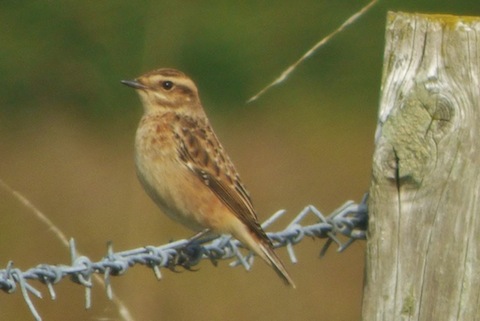
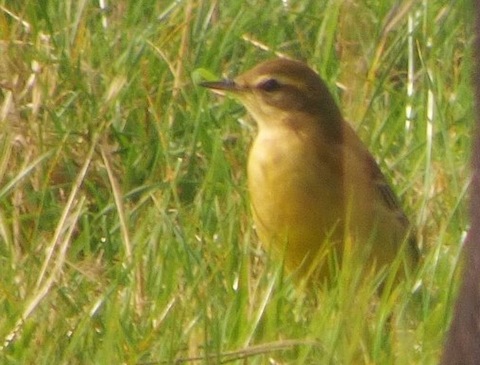
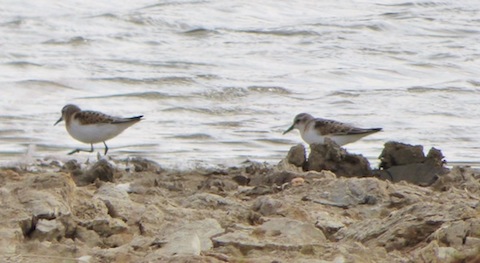
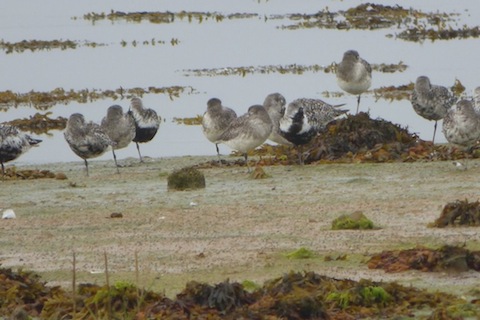
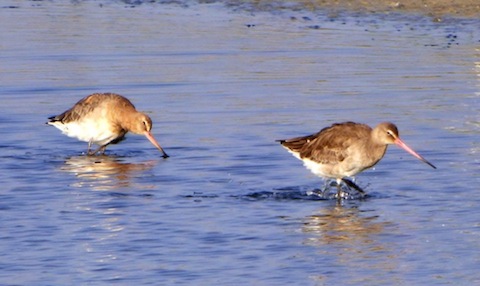

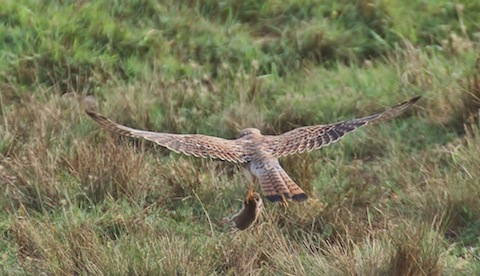
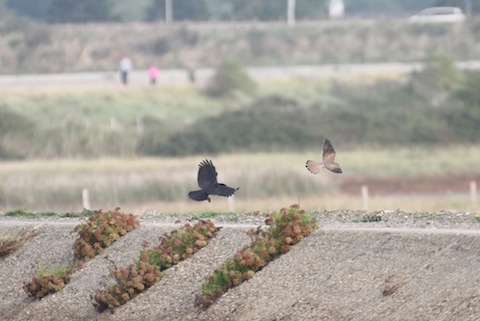
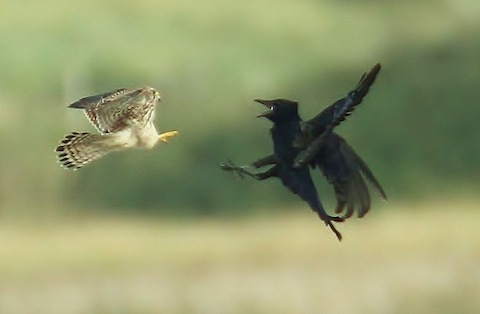
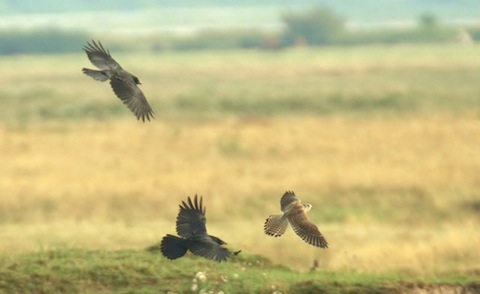
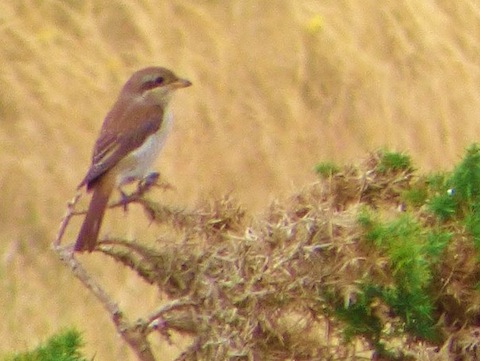
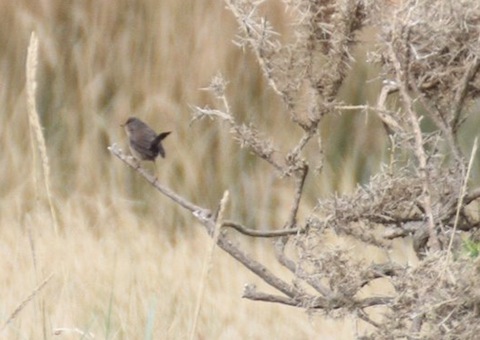
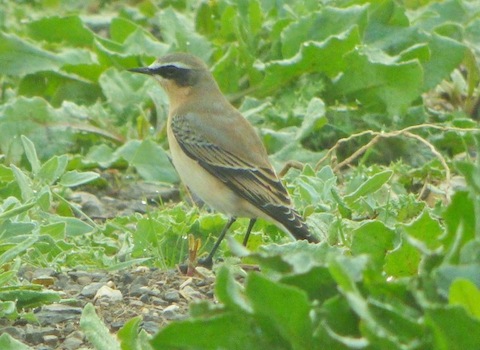
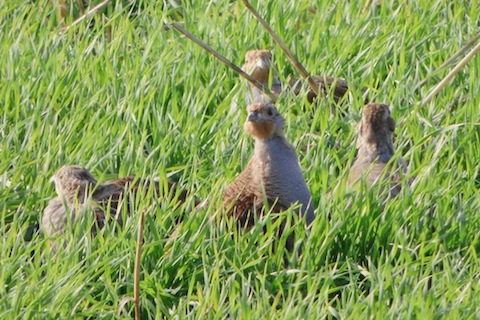


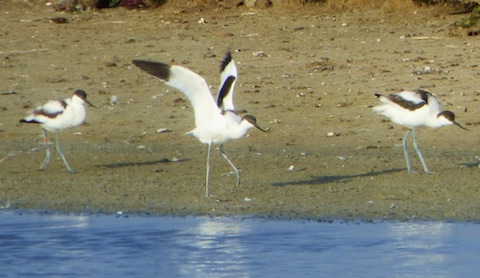
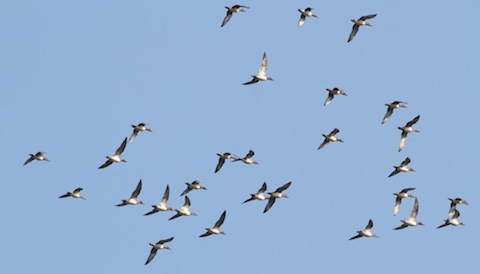

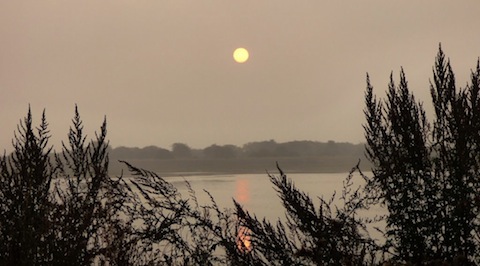

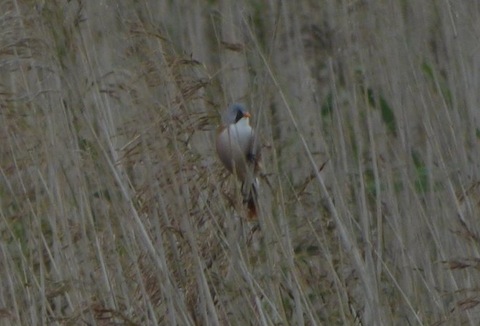
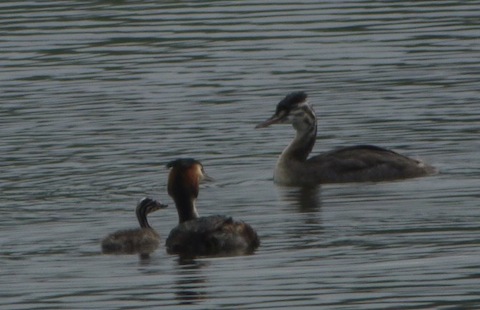

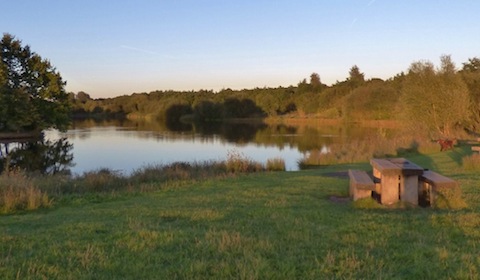
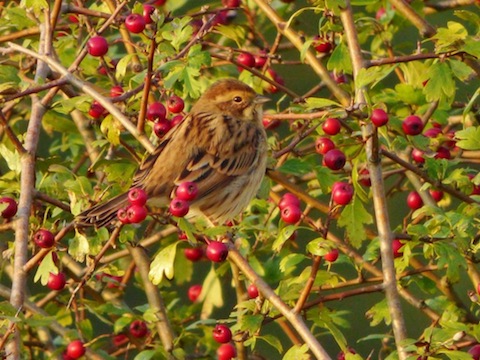
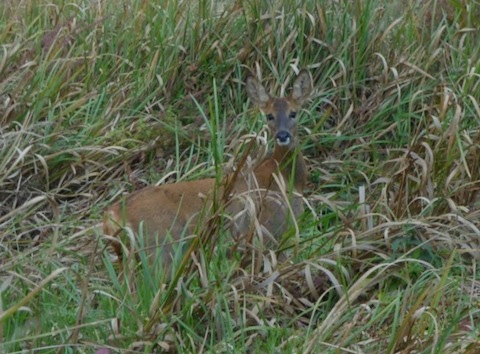
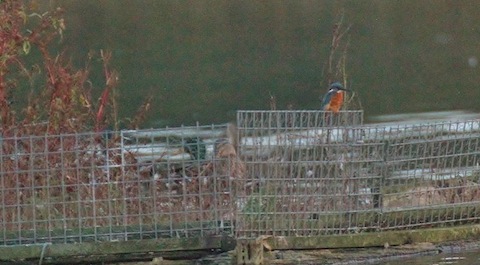
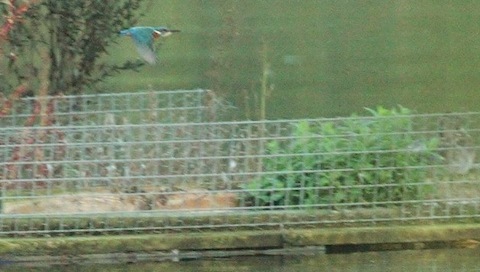
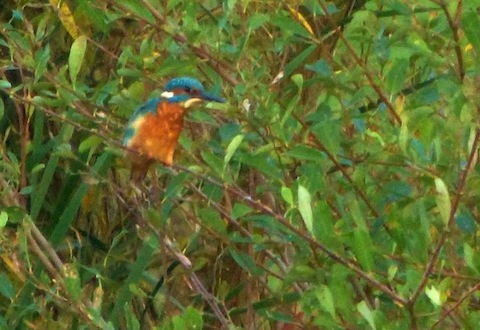
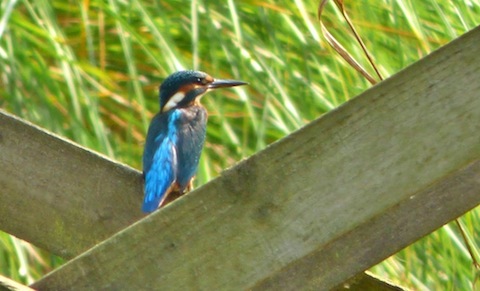
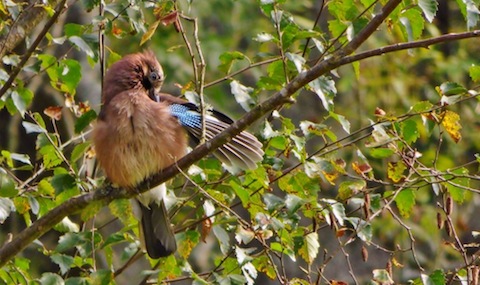
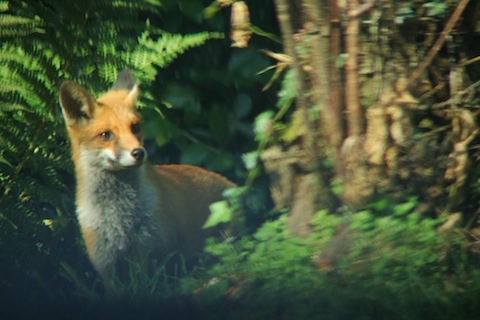

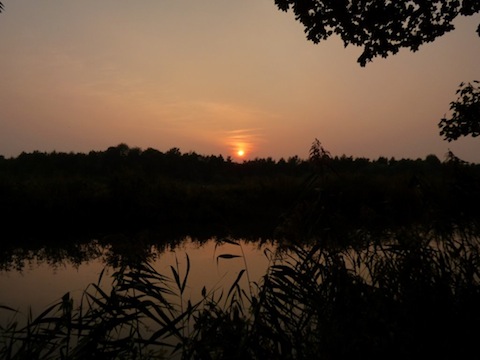
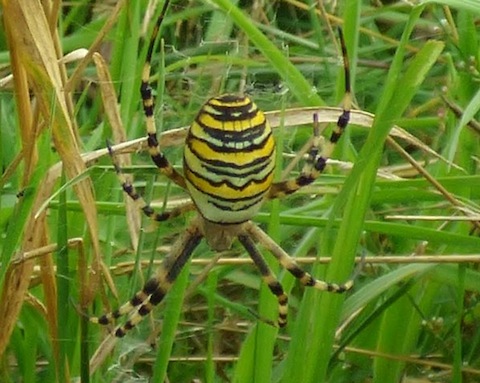






Lisa Wright
October 2, 2014 at 6:28 pm
Malcolm Fincham has given us a great mix of birds this week.
I fear the amount of pheasants and partridges you’ve seen would suggest they have been ‘put down’ for the shoot season which started this week.
Oh dear, seeing the Wigeon means it’s gonna get cold.